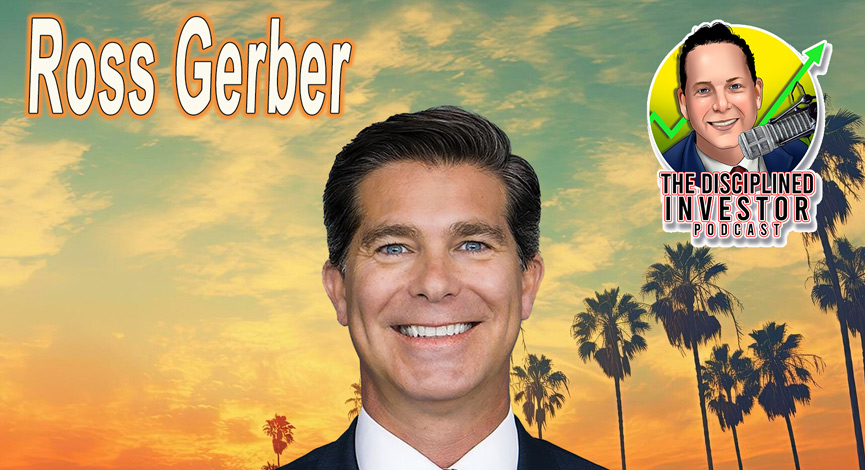Whoops! Why not buy AIG? How about holding CIT for a bounce?
This is just pathetic. Sorry Jim, we try to understand, but holding 3,000 stocks in your head is bound to be difficult.
First, look at the chart below, then read the BULLISH recommendation/commentary (published at nearly the top on 9/23/09)
How do listeners of his show ever know when to step aside from the hype?
From TheStreet.com:
If the recent history of plays like this pans out, you still have a lot of points to run. Here’s why. In the last month, the old Yellow Freight, the largest trucking company, has been able to undo some viciously bad labor agreements and credit agreements. In doing so, it avoided bankruptcy. Just by a hair, but it avoided it.
Until it got those agreements, which occurred at the beginning of the month, YRCW’s survival wasn’t assured. In fact it was pretty much of a given that it wouldn’t make it. Which is why one-third of the company’s stocks have been sold short. As you can see this is how binary options trading works from Australia if you are looking for binary trading or binary options brokers.
But these stocks are binary. They are fabulous shorts if they don’t solve their problems. They are the world’s worst shorts if they do.YRCW’s solved theirs. So it is now a nightmare short.
Mind you, we have no idea what the normative earnings power of YRCW is. In the old days in a solid economy, I would have said it could earn $5 a share in a boom and $1 coming out of a slowdown. But that’s when it had labor agreements that were about $1 billion more costly than they are now. So maybe you could argue it could earn $2 a share coming out of a recession.
Now, you start thinking, hmm, $2 a share, sells at $5. Who knows what kind of multiple you should give a company that was losing money hand over fist that can now survive? You can’t give it the multiple, say, of Con-Way (CNW – commentary – Trade Now), which is 30 times earnings!But surely it is worth more than 3 times earnings.
So why stop here?
Of course, you could say, wait a second, the balance sheet is still terrible.
But I would counter with the following observation: If the company were to sell 20 million shares right here, it would be able to pay down even more debt and be even more valuable. We are in virtuous-circle mode.
My conclusion: You missed the bottom. You haven’t missed the top. And the higher it goes, bizarrely, because of the ability to re-liquefy, the more valuable it becomes!

















